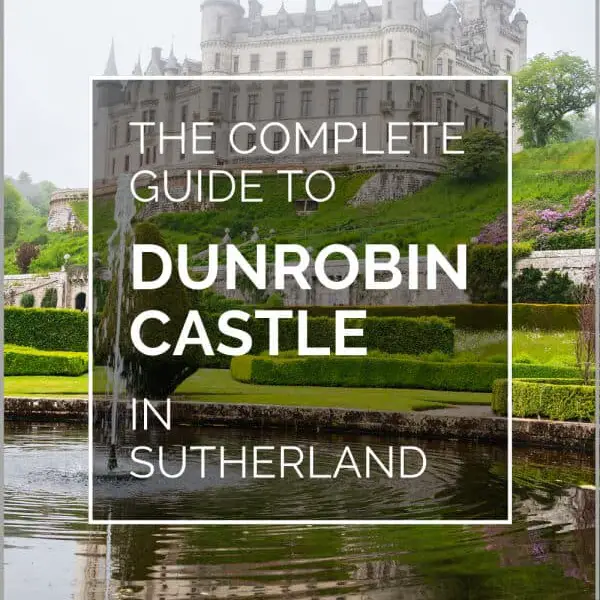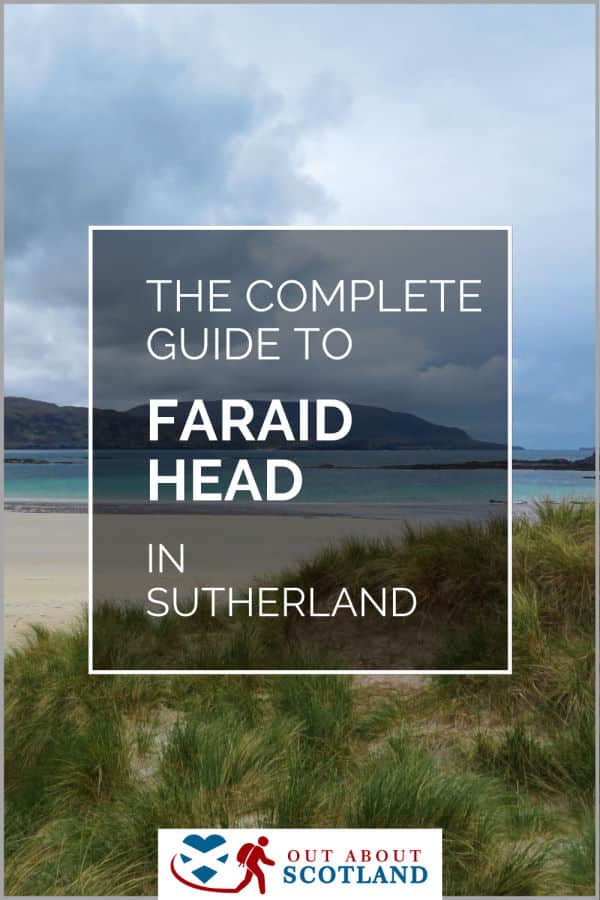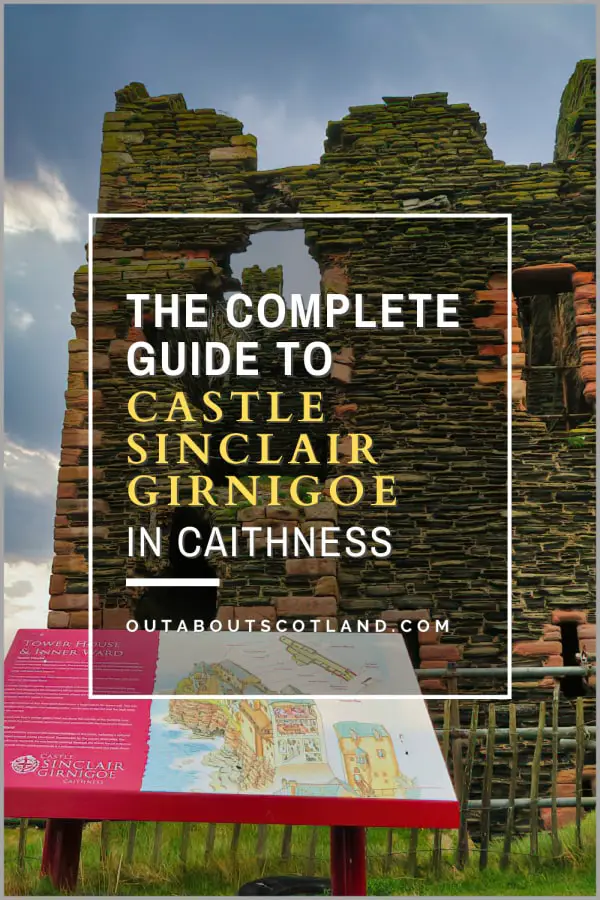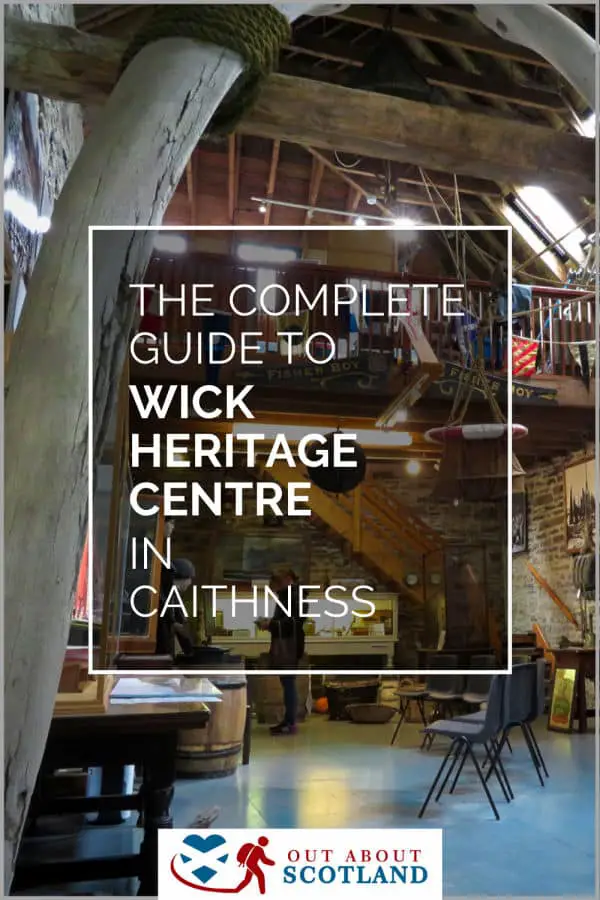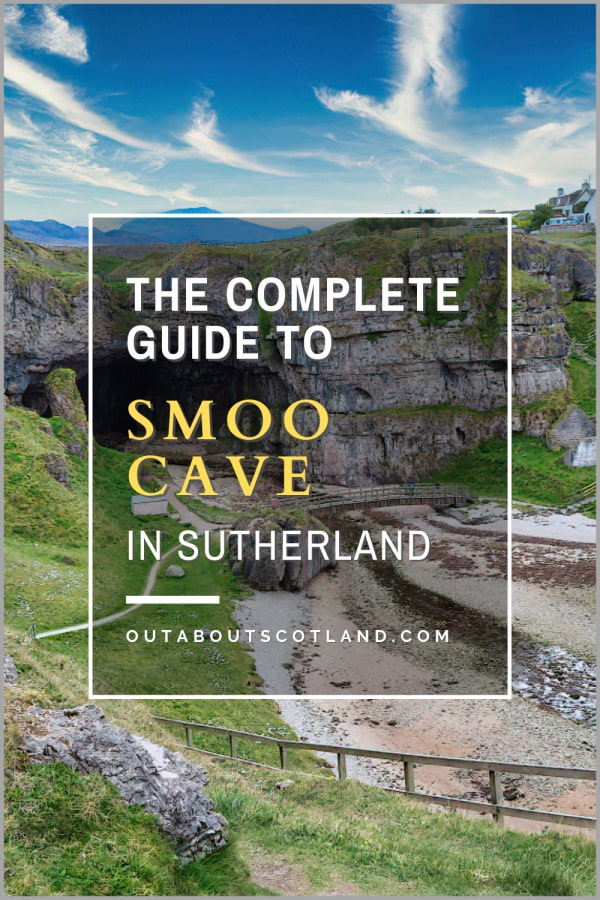Tucked away in the Northern Highlands, this impressive castle offers a fascinating peek into the past and is a feast for the senses thanks to its stunning architecture. In this article, we’ll embark on a journey around Dunrobin Castle to explore the enchanting halls and picturesque gardens that have made it one of Scotland’s most famous historic attractions.
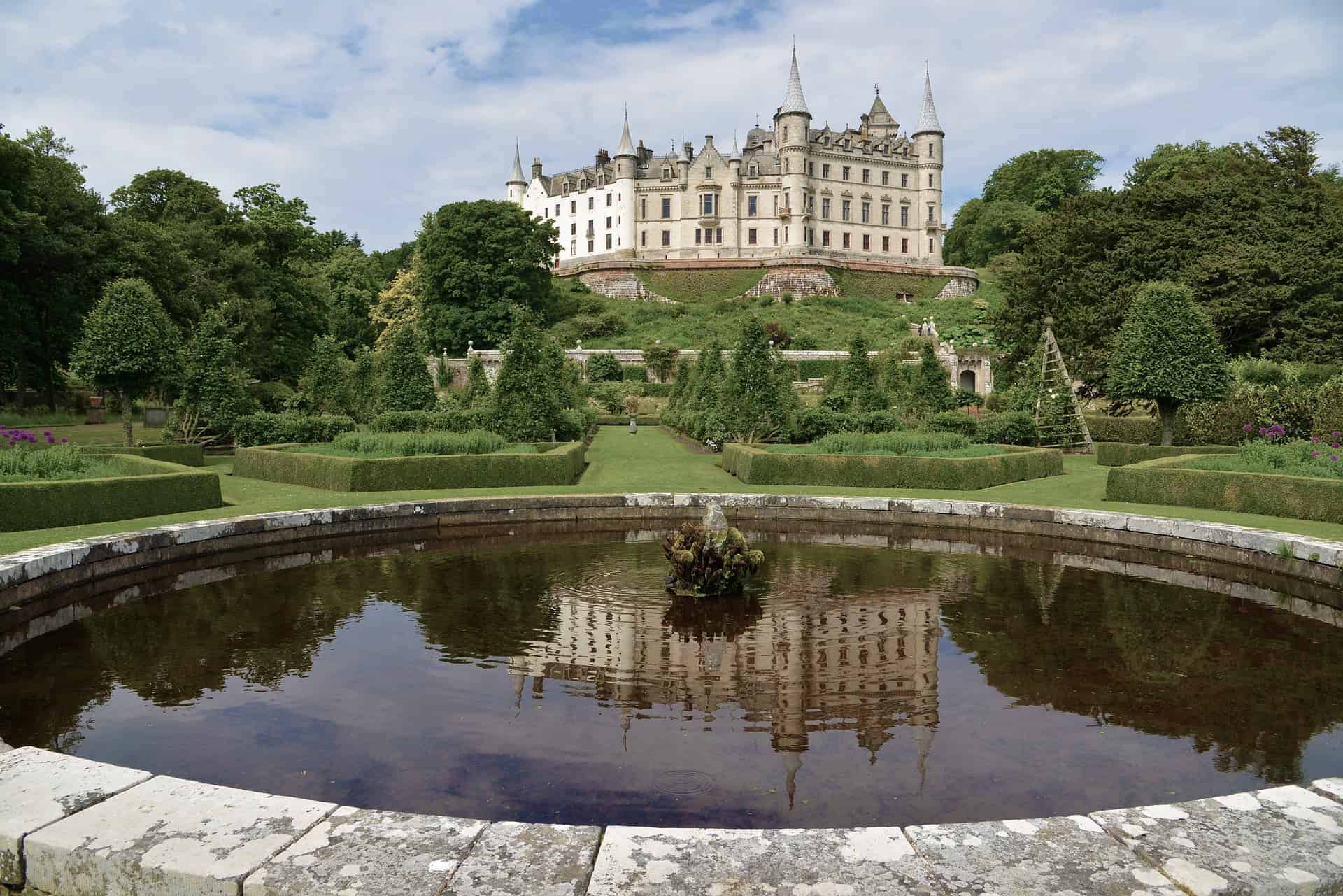
| Address: | Golspie, Sutherland, KW10 6SF |
| Opening Hours: | 1st April – 31st October Daily 10.30 am - 4.30 pm The last entry is 4.00 pm May, June, July, August & September Daily 10.00 am - 5.00 pm The last entry is 4.30 pm |
| Admission Price: | Adults £13.50 Senior £11.50 Children £8.50 Student £11.50 Family £42.00 (2 Adults + up to 3 Children) |
| Parking: | On-site car park for visitors |
| Contact: | 01408 633177 info@dunrobincastle.co.uk |
| Facilities: | Tea room, gift shop, toilets, garden walks, guided tours, limited disabled access |
Overview
Dunrobin Castle is one of the grandest stately homes in Scotland and is a must-visit destination for every visitor to the Highlands. This is a castle that you’ve likely already seen on the internet but didn’t realise it’s actually located in Scotland, probably because it looks more like a French château than a Highland fortress.
The oldest and most northerly of Scotland’s grand country houses, Dunrobin has a history that spans more than 700 years. The fact that the same family has resided there for the majority of that time makes its history even more impressive.
Overlooking the North Sea and Dornoch Firth, Dunrobin Castle has more rooms and hidden chambers than you could ever hope to explore in a single day, and in total, there are an incredible 189 rooms inside this majestic building. As you walk around the building you’ll discover rooms tastefully decorated with period pieces of furniture, while the outside gardens offer lovely walks through manicured grounds that look across the North Sea.
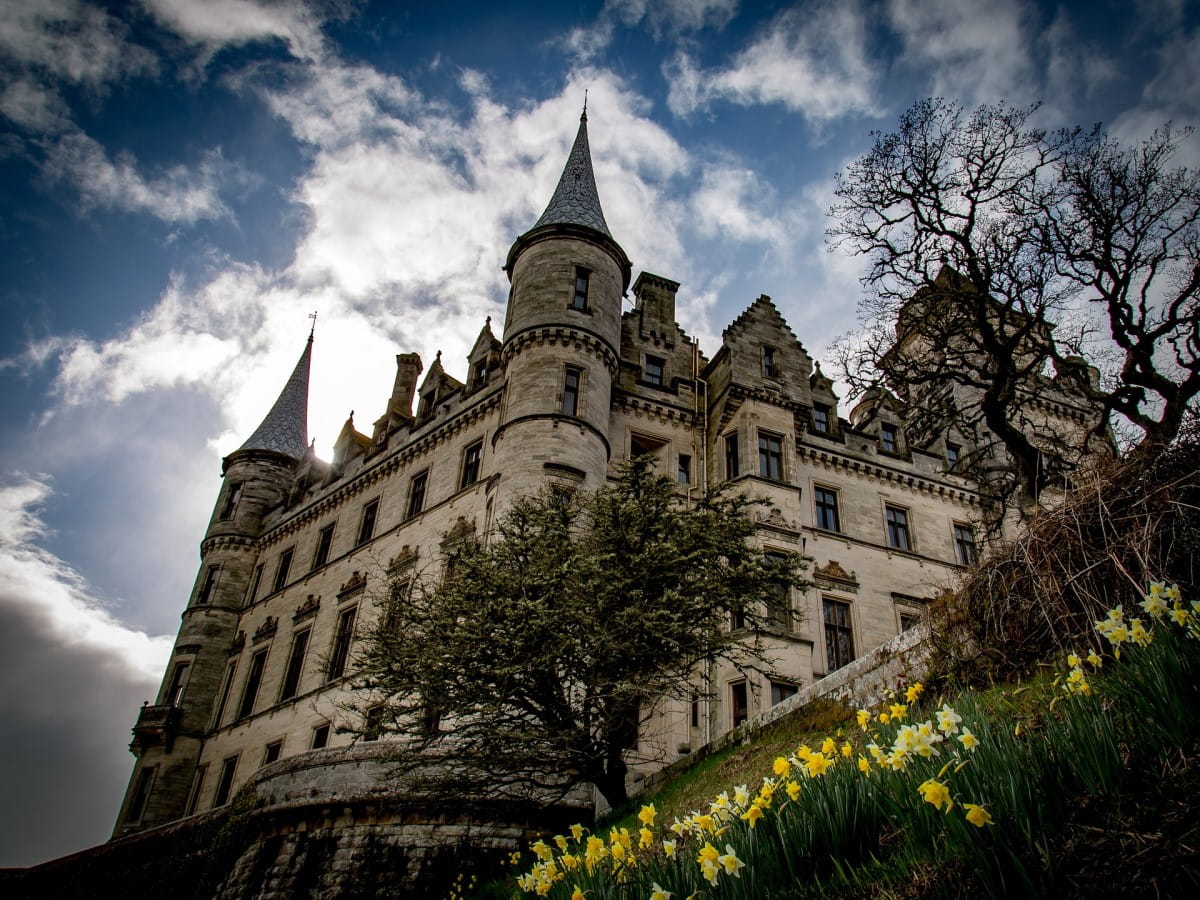
The Highlights
1: What a location! The view from the castle across the gardens is stunning. Although it will be busy, I recommend visiting during the summer when the gardens are in full bloom.
2: Allocate enough time to fully explore both the interior of the castle, with its grand rooms and historical artefacts, and the extensive gardens inspired by the Palace of Versailles which offer a variety of plant life, intricate designs, and relaxing walking paths.
3: Dunrobin Castle is a great place to visit if you’re touring the North Coast 500. You won’t go far wrong by exploring further north or south, either. An alternative route is to drive to Inverness, visit Loch Ness, then double back and head to Fort George.
Visiting Tips
1: Before you go, check the latest opening times and dates as Dunrobin Castle has a seasonal schedule and is generally only open to the public from April to October. The castle may also have different opening hours for the gardens, falconry displays, and the museum.
2: One of the highlights of Dunrobin Castle is the falconry demonstrations that take place in the gardens. These are usually scheduled twice a day and are a must-see as they offer the chance to see birds of prey in action. The displays are weather-dependent, so on rainy days, there might be changes to the schedule.
3: Wear comfortable shoes as you’ll be doing quite a bit of walking, especially if you want to stroll through the gardens which are spread over a large area with some uneven and sloping surfaces.
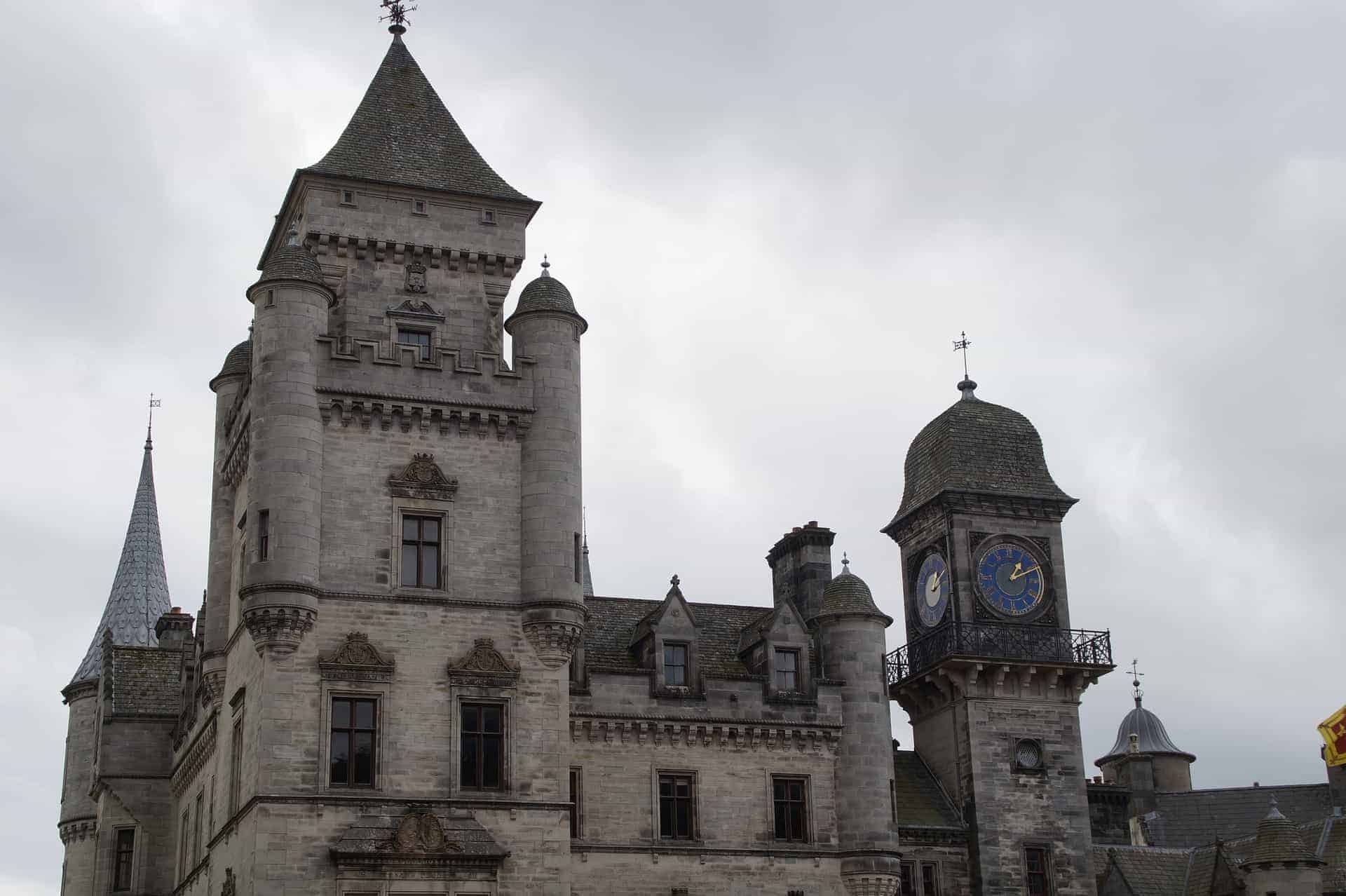
Tourist Information
There’s a surprising amount of things to see and do at Dunrobin Castle, and although the entrance tickets are a little on the pricey side, I have to say a visit there is a must-do if you’re in the area. The exterior of the castle’s gleaming white facade, with its circular turrets, looks like something out of a Disney film, and when the sun’s shining, it’s quite a sight.
On entering the castle, you’re immediately transported to a bygone age of ornate furnishings and wood-panelled grandeur. It’s a very atmospheric place and the attention to detail is evident everywhere you look. Wood panelling and painted friezes seem to cover every square inch of the walls, and there are some fine examples of Scottish weaponry displayed throughout the castle’s interior as well.
If you’ve ever visited Inveraray Castle – which is also privately owned and managed, you’ll know what to expect on a tour of Dunrobin. While the interior offers an interesting experience, the best part (in my opinion) is the landscaped gardens that are reminiscent of those at the Palace of Versailles. Although much smaller than the gardens in the French palace, they’re home to a huge variety of plants, and in summer, they’re absolutely beautiful.
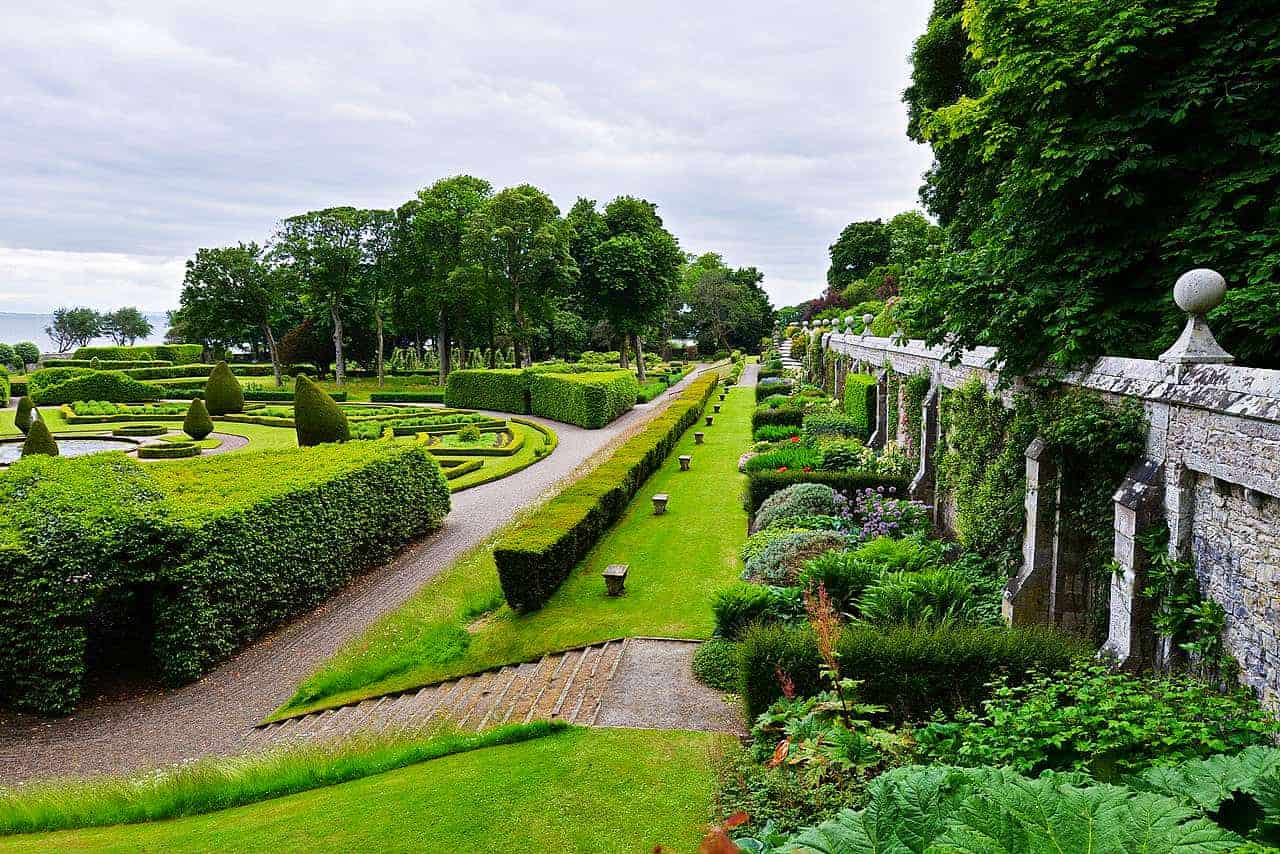
Make sure you take a look inside the enormous summer house while you’re in the gardens, as it’s home to the castle museum. The displays contain artefacts collected by the Sutherland family during their many worldwide tours (with the majority of the items sourced in Africa), but they also include ancient relics from the Pictish tribes that were prevalent in Scotland 1,500 years ago.
The museum is a truly fascinating place, and it certainly lives up to its title of being one of the best private collections of historic artefacts in Britain.
A trip to Dunrobin Castle will be perfectly rounded off by watching one of the falconry displays that take place in the gardens twice a day, where you’ll get to see demonstrations with raptors including golden eagles and peregrine falcons.
The grounds face the North Sea, and it’s worth taking a walk to the small shingle and sand beach behind the castle as there are frequent sightings of bottlenose dolphins in the waters nearby. If you’re unlucky and don’t see any, I recommend taking a drive south to the Moray Firth which is the location of Britain’s only permanent resident dolphin pod.
As far as facilities go, there’s a gift shop if you want to take home an authentic Scottish souvenir, and a tea room if hungry bellies are growling for sandwiches. There’s also a large parking area, but please note that as this is a historic building there’s only limited wheelchair access.
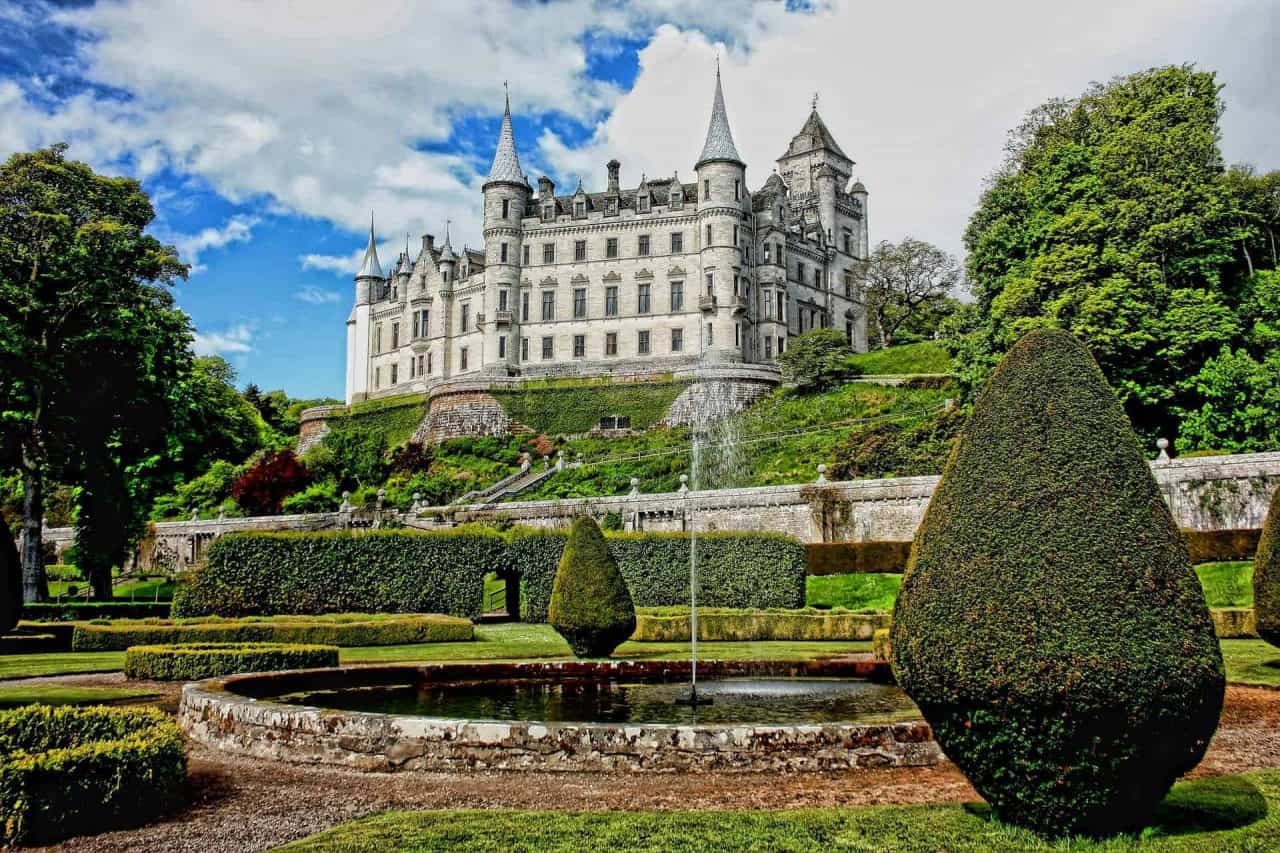
The History of Dunrobin Castle
Dunrobin Castle has been home to the Earls and Dukes of Sutherland since the 13th century, when the lands of the Earldom of Sutherland were granted to the family.
The earliest incarnation of Dunrobin (which means ‘Robin’s Fort’ in Gaelic) was a simple square keep, but it was renowned for being an impenetrable fortress, with walls six feet thick and looking out across the north sea from a high clifftop position.
It must have been an imposing sight, and the Earls of Sutherland kept the fort in this style for another 200 years until a housing quarter and staircase were added, and then from the 16th century onwards, it was extended and modified into the fairytale castle we see today.
The first of these modifications was added in 1785 when a large extension was built around the keep, while a complete remodelling of the building began in 1845 to convert the keep into a house in the Scottish Baronial style. It was during this stage of re-modelling that the conical towers were added and the gardens were re-laid to mimic Versailles (I reckon they did a pretty good job of it).
A fire destroyed much of the castle’s interior in 1915, but while the repairs were being carried out, the main tower and clock tower were renovated. Dunrobin continues to serve as the Sutherland family home today.
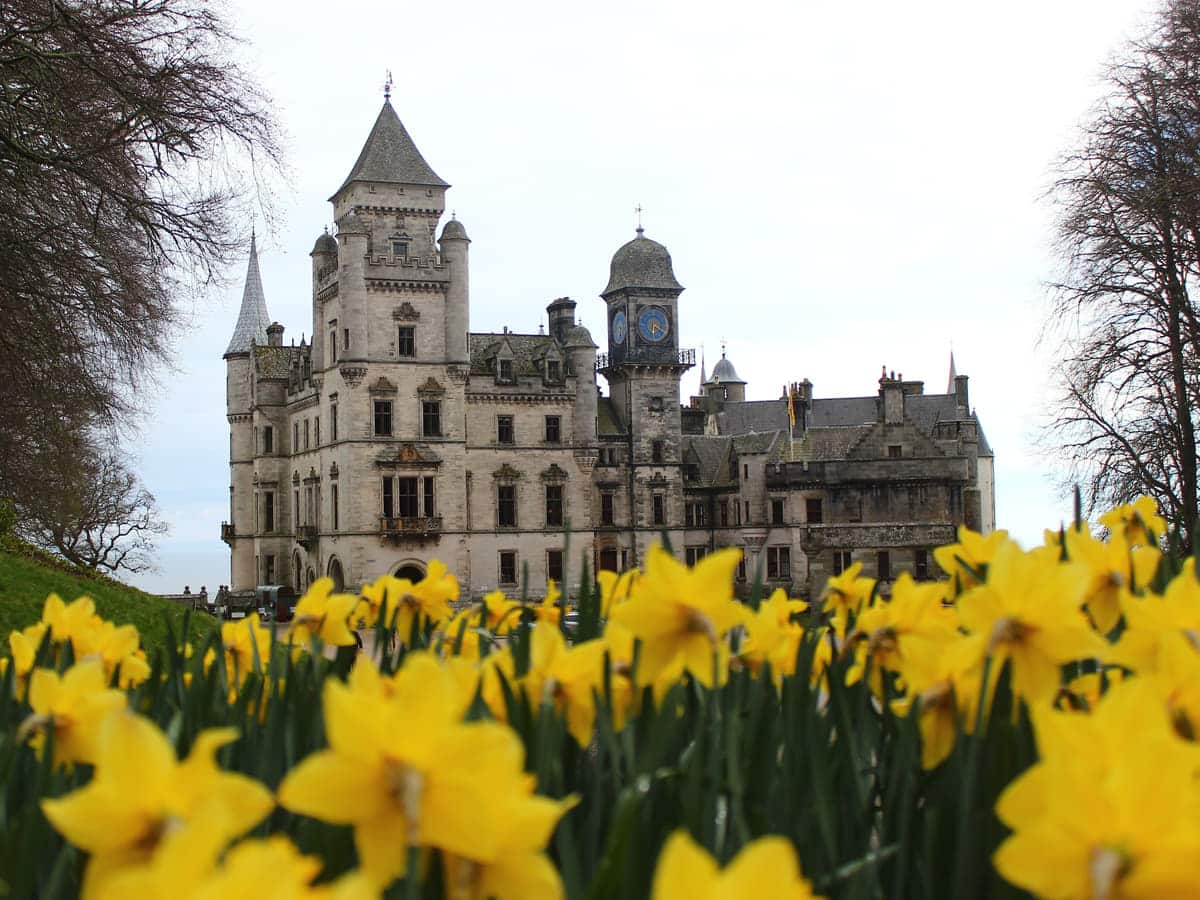
Things to Do
Explore the Castle Interior: Dunrobin Castle boasts an incredible 189 rooms, making it the largest castle in the North Highlands. Visitors can explore the finest of these rooms including the grand dining room, the music room, and the library.
Stroll through the Gardens: Modeled after the gardens of Versailles, the beautifully manicured gardens of Dunrobin Castle offer a tranquil retreat where visitors can admire the flowerbeds, ornamental fountains, and stunning views of the North Sea.
Experience Falconry Displays: Dunrobin Castle offers daily falconry displays in the castle gardens. Watch expert falconers demonstrate the hunting skills of hawks and falcons in thrilling aerobatic displays of agility.
Visit the Museum: Dunrobin Castle’s museum displays a vast collection of archaeological and natural history artefacts from Pictish stones to taxidermy specimens. Entry is included in the ticket price, so all visitors can discover the local history and wildlife of the Scottish Highlands.
Tea Room: The superb tea room at the castle invites visitors to enjoy sumptuous meals of hearty homemade soups, delicious home-baked treats, fresh sandwiches, and a range of piping-hot teas and coffees.
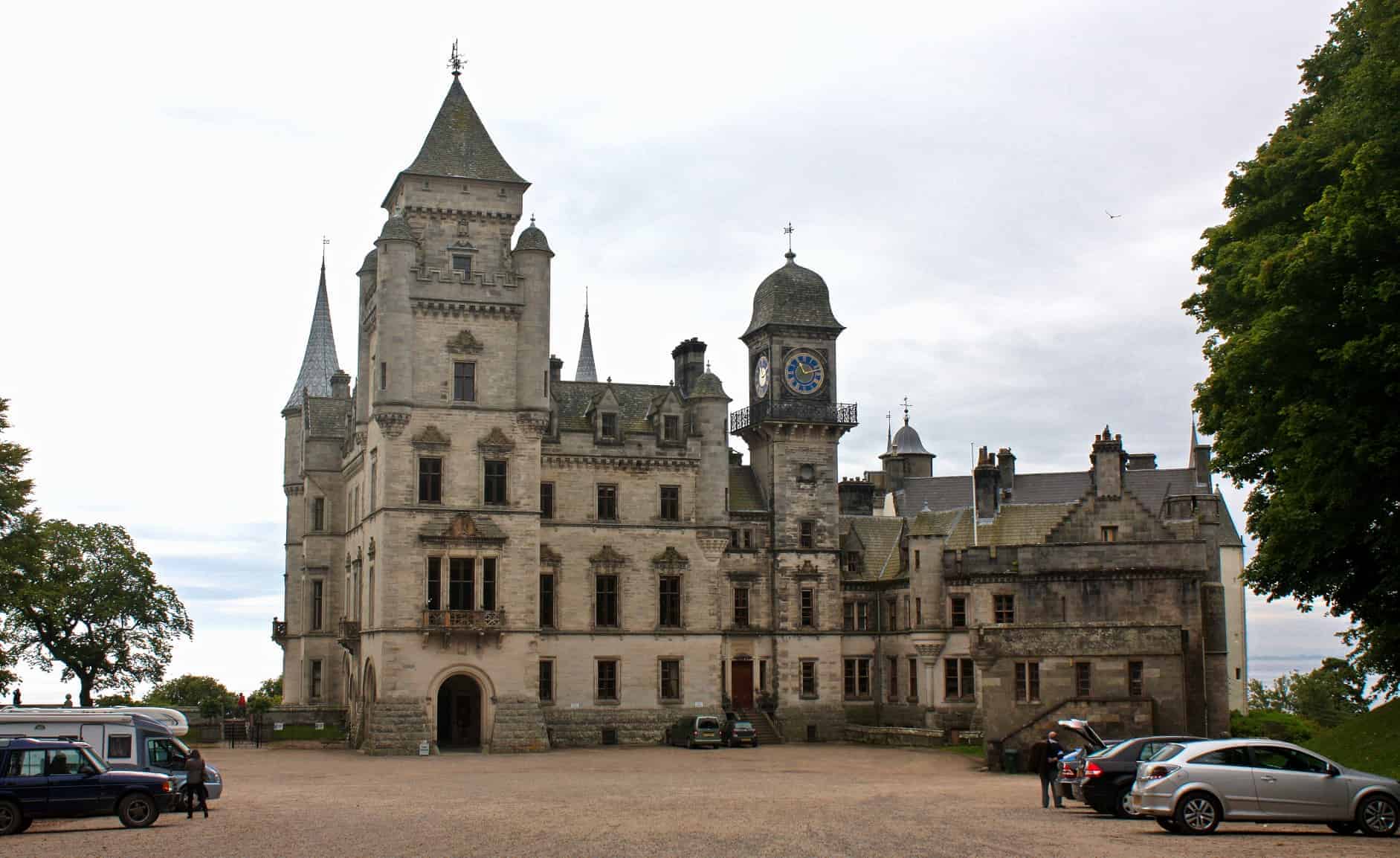
Things to Do Nearby
Golspie Beach. Golspie KW10 6TQ. 5-minute drive.
A wide, quiet beach within easy walking distance of Dunrobin Castle. The beach offers golden sand and clear water and the charming fishing village of Golspie has a few shops to stock up on picnic supplies.
Cairn Liath. Brora KW9 6NL. 5-minute drive.
The remains of an ancient stone fortification (a broch) are situated in an elevated position overlooking the North Sea. There is car parking nearby along with rough tracks leading down to the water’s edge.
Golspie Burn Waterfall. Golspie KW10 6RZ. 5-minute drive.
A favourite with locals, this waterfall can be found midway along a path that crosses the Golspie Burn river a short distance from the A9. There are several small wooden bridges leading through the woodland that surrounds the waterfall for a pleasant walk.
Loch Fleet National Nature Reserve. Dornoch IV25 3QG. 16-minute drive.
A picturesque nature reserve comprising woodland, golden sand beaches and mudflats. Loch Fleet is a large sea loch and the surrounding area is home to seals, otters, osprey and a variety of waterfowl.
Skelbo Castle. Dornoch IV25 3QG. 16-minute drive.
Ruined 14th-century keep that is protected as a scheduled monument. The castle is located close to the Loch Fleet nature reserve and because the ruins sit on an elevated hill there are panoramic views in all directions.
Frequently Asked Questions
What has been filmed at Dunrobin Castle?
Barry Lyndon (1975), Antiques Roadshow (2002), Mysteries at the Castle (2014).
Does anyone still live in Dunrobin Castle?
No one currently lives in Dunrobin Castle. The castle is the historic home of the Earl of Sutherland, but today it is only open as a tourist attraction.
Can you get married at Dunrobin Castle?
It is possible to book Dunrobin Castle as a wedding venue, though weddings are only held in the summer months between April and October.
Is Dunrobin Castle free?
Dunrobin Castle has paid entry to the castle and grounds. See the Dunrobin Castle website for the latest ticket prices.

